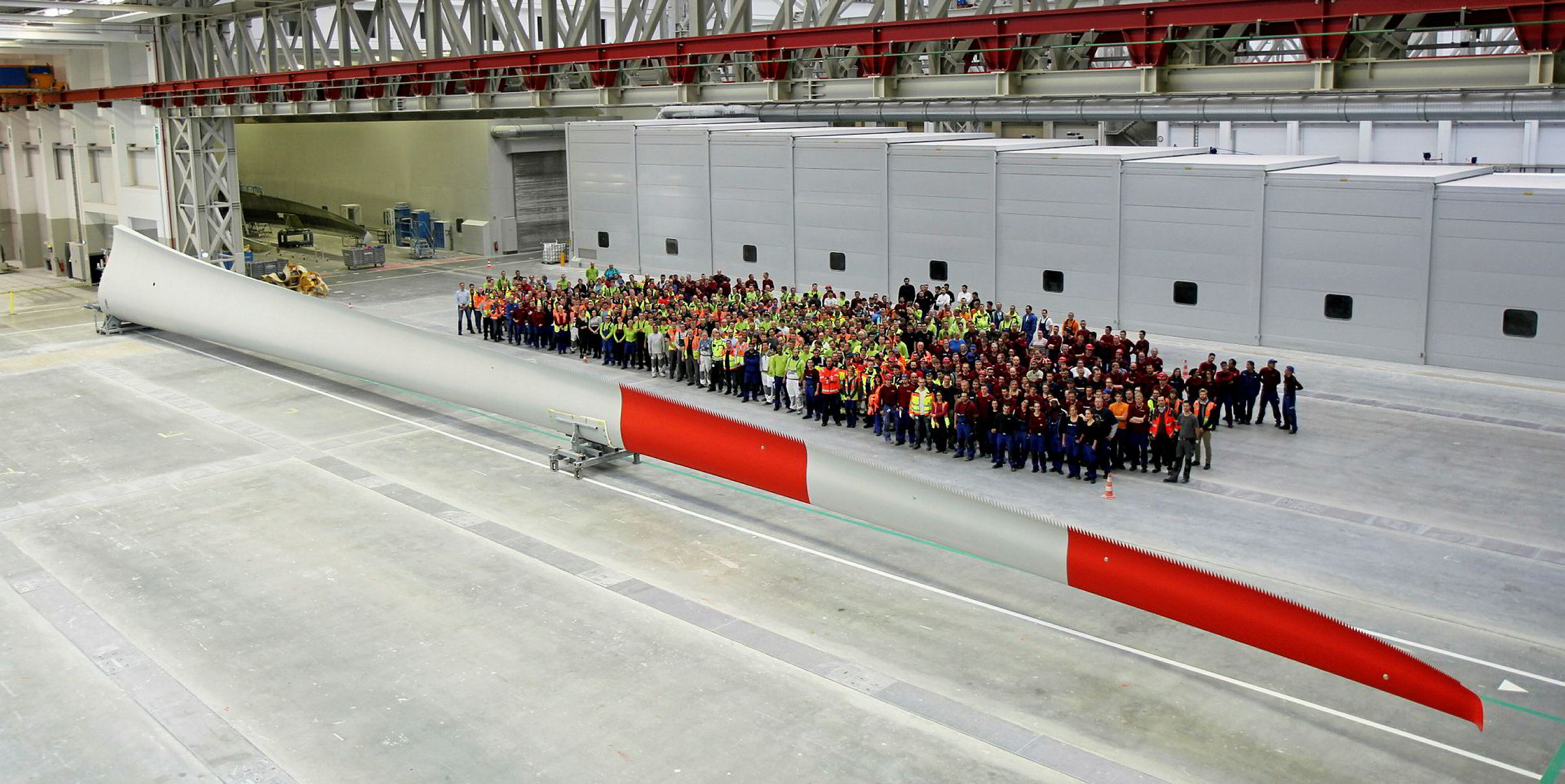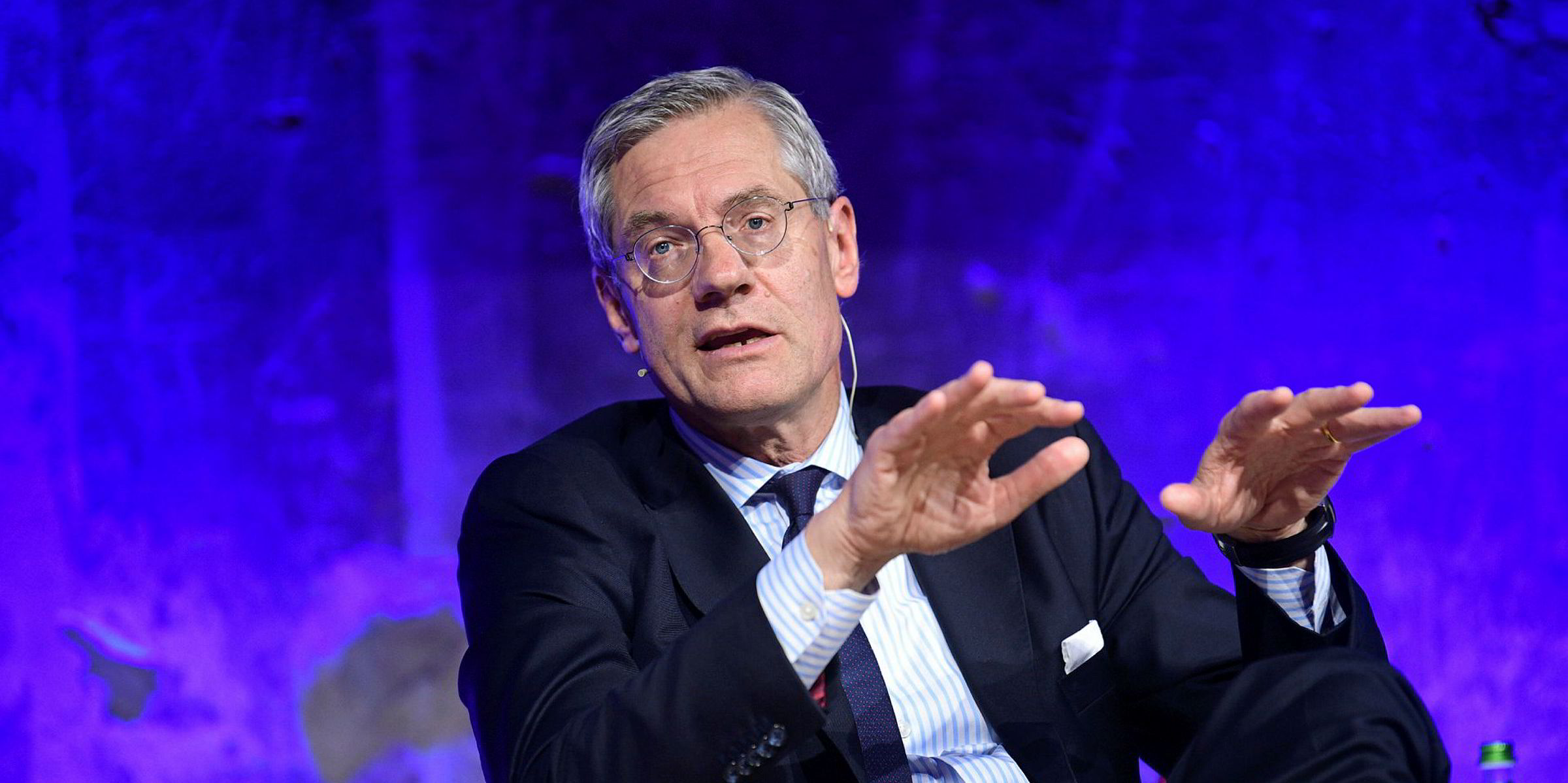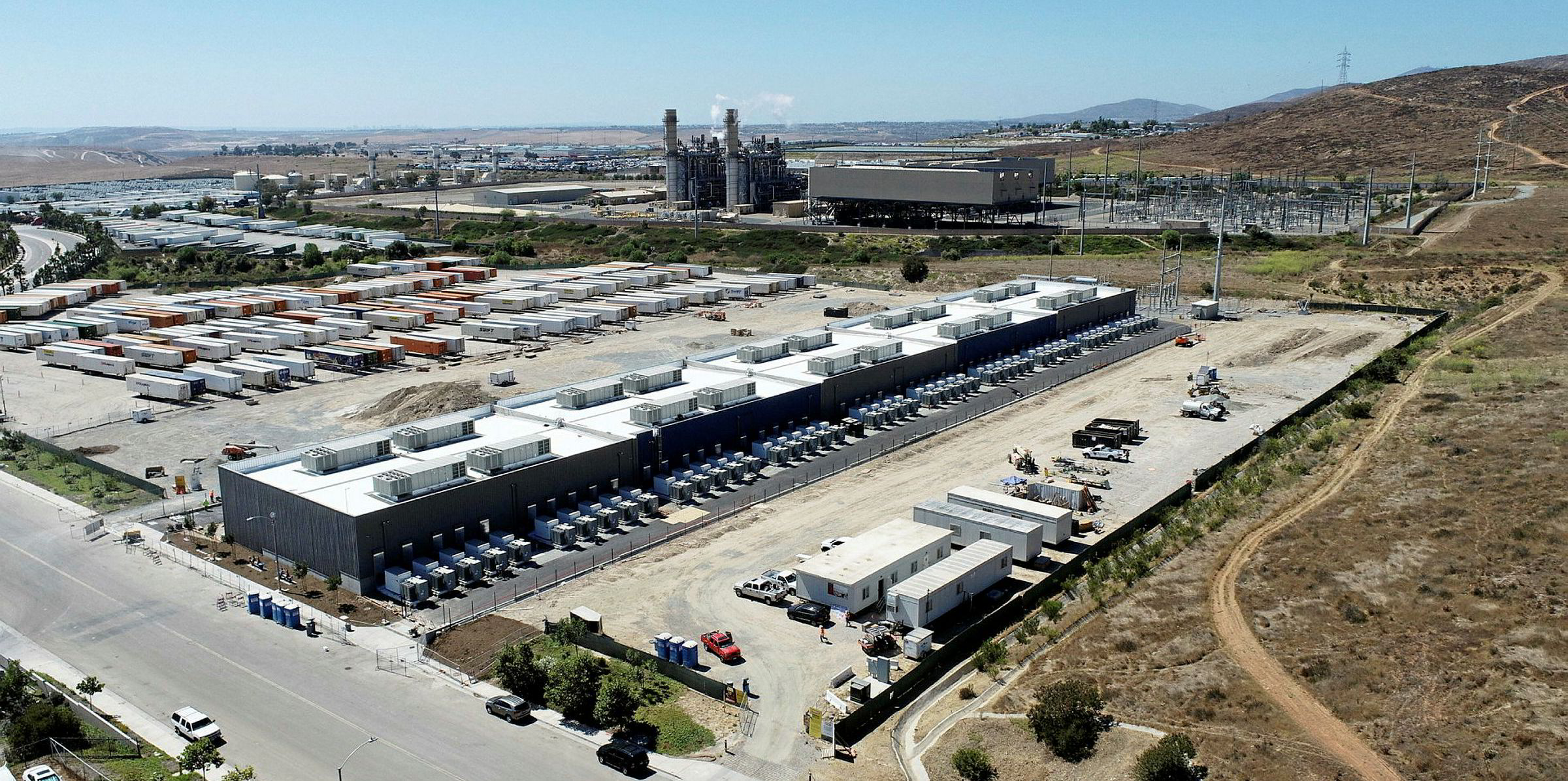Light and shadow in the wind sector
Tough times continue at Enercon as Germany’s leading turbine maker suffers from the collapse in its home onshore wind market. The OEM acknowledged it had a “triple-digit million” euro loss last year, and is facing another deficit this year, as the novel coronavirus further erodes profitability.
As part of an ongoing restructuring effort, the embattled OEM announced it will concentrate German manufacturing at two core sites, integrate previously external partners and stop outsourced production. Chief financial officer Thomas Cobet resigned and will temporarily be replaced by chief restructuring officer Martin Prillmann as the company searches for a new CFO.
Larger global rivals Siemens Gamesa and Vestas — which also recently reported losses — showed that light is at the end of the tunnel as the world continues to be hungry for more wind power.
Siemens Gamesa won a massive 473MW order from Adani Green Power in India, a key market whose recent downturn had actually been one of the reasons for losses at the German-Spanish OEM.
Norwegian utility Statkraft and partners installed the last of 277 Vestas machines at the 1.06GW Fosen wind project in Norway, which is now Europe’s largest operating onshore wind complex and one of the largest in the world. But the joy over its completion was dampened by rock-bottom Nordic power prices that put the project’s profitability in doubt.
Vestas also won an order to supply SSE’s 443MW Viking project on the Shetland Islands, which will be the UK’s largest onshore wind farm when it is completed in 2023. Due to its location in the North Atlantic, wind speeds at Viking are expected to be similar to those of offshore wind farms.
Climate fears and support for renewables
Despite the Covid-19 pandemic raging on, climate change is still perceived as the top concern in many European countries — research commissioned by Swedish utility Vattenfall showed.
Vattenfall chief executive Magnus Hall said that the survey confirmed his company’s commitment to replace fossil fuels by renewables within one generation.
For that process, it is of utmost importance to win the hearts and minds of locals, where renewable plants are being built, writes Peter L Kelley. ‘Not-in-my-backyard’ wind opponents can be turned into ‘please-in-my-backyard’ supporters, he argues, if developers speak to skeptics, mobilise wind power supporters, boost the self-esteem of farmers, respect their heritage and listen without prejudice.
Another way of taking the wind out of the sails of wind opponents could be rather simple. Norwegian scientists have found out that painting one of three blades on a wind turbine black reduces avian deaths by 72%. Bird fatalities have been one of the major arguments against wind farms put forward by nature conservationists and anti-wind groups.
Storage boom
The storage sector is also becoming increasingly crucial for the energy transition, to back up intermittent renewable electricity generation and relieve overloaded power grids.
Researchers at analyst IHS Markit expect the global grid-connected energy storage market to boom, despite disruptions from the Covid-19 pandemic, and top 15GW in 2025, up from an expected 5GW this year.
The dynamics of the market were shown this week when grid infrastructure developer LS Power brought the world’s largest battery system, the 250MW/250MWh Gateway Energy Storage project, on line in San Diego County, California.
Germany has put its weight behind European efforts to become less dependent on Asian battery cell imports for electric vehicles, by guaranteeing the financing of a VW and BMW-backed battery cell “gigafactory” in Sweden by Northvolt. A second, somewhat smaller plant is planned to follow in Germany itself in the coming years.





